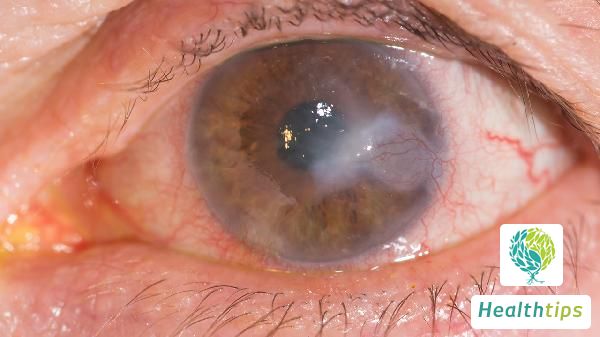Why Are There Blood Vessels Visible on the Ankle?
Blood vessels visible on the ankles are relatively common in daily life. There are many reasons for this condition, which are usually related to physical factors. For instance, frequent friction between the socks or pants worn and the ankle area may lead to the appearance of blood vessels. Other factors may also be involved, such as long hours of standing, which may result in poor blood circulation.

Firstly, what causes visible blood vessels on the ankles? If there is no swelling, no bleeding from other parts of the body such as nosebleeds or bleeding while brushing teeth, and no skin itching, it is likely due to capillary dilation. Reducing prolonged standing and engaging in physical activities can help. If there are signs of varicose veins, such as dilated vessels resembling earthworms, accompanied by swelling and darkened skin color, it may indicate poor venous return or varicose veins. Vascular ultrasonography is recommended for further diagnosis. Mild cases can be managed with wearing medical compression stockings and avoiding prolonged standing, while severe cases may require surgical intervention such as ligation and stripping of the dilated vessels. Rest is advisable, and if accompanied by recurrent swelling, prompt medical attention is recommended.
1. Physical factors such as temperature changes can stimulate the capillaries, causing them to expand beyond their normal tolerance and rupture. Excessive sun exposure can also lead to chronic actinic dermatitis and dry skin.
2. Environmental factors, such as living in harsh conditions like high altitudes with thin air, can lead to skin hypoxia, increased red blood cell count, and compensatory vasodilation. Over time, this can lead to dysfunction of vascular contraction and permanent capillary dilation. Occupations that involve prolonged exposure to wind, cold, or heat, such as sailors, chefs, farmers, and athletes, can also contribute to capillary dilation.
3. Hormonal dilation can be a sequelae of inappropriate treatment, such as the misuse of topical medications on the face.



















